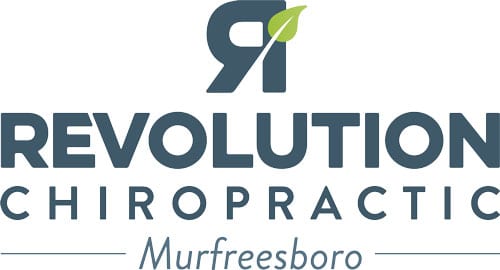
Can a Chiropractor Help Spinal Stenosis?
Spinal stenosis is a condition where the spaces in your spine become narrower, putting pressure on your spinal cord and nerves. This can cause discomfort, including pain, numbness, muscle weakness, and tingling sensations. If you’re asking, “Can chiropractic help spinal stenosis?” the answer is yes! Chiropractic care offers a gentle, non-surgical approach to managing this condition.
In this blog, we explain how chiropractic care for spinal stenosis works and address common questions like: “Can a chiropractor fix spinal stenosis?” and “Is chiropractic good for spinal stenosis?” Let’s dive in!
Symptoms of Spinal Stenosis
Spinal stenosis occurs when the spinal canal narrows, squeezing vital nerves and structures. Depending on the severity and location, you might experience:
- Back Pain Issues
- Leg Pain Or Sciatica
- Muscles Weakness
- Reduced Body Strength
- Difficulty in Walking or Balance Issues
If you’re experiencing these symptoms, a chiropractor for spinal stenosis can help realign your spine, reduce nerve pressure, and improve mobility.
How Chiropractic Care Helps Spinal Stenosis
Chiropractic treatment for spinal stenosis focuses on reducing nerve compression, inflammation, and stiffness while improving spinal alignment. Unlike surgery or medication, chiropractors use holistic, non-invasive techniques tailored to your unique needs.
Here are some effective chiropractic treatments for spinal stenosis:
1. Spinal Adjustments and Mobilization
Spinal adjustments involve gentle manipulations that realign the spine. By targeting misalignments, chiropractors reduce nerve compression and inflammation, helping you feel relief from symptoms like back pain, tingling, and numbness.
2. Flexion-Distraction Technique
The flexion-distraction technique is a non-thrusting method that uses a specialized table to decompress the spine. This creates space between vertebrae, alleviating pressure on the spinal nerves—an effective approach for spinal stenosis and herniated discs.
3. Therapeutic Exercises and Stretches
Chiropractors may recommend personalized exercises to strengthen the muscles supporting your spine. These exercises can improve flexibility, reduce pain, and enhance mobility for better long-term results.
What Can a Chiropractor Do for Spinal Stenosis?
If you’re wondering, “What can a chiropractor do for spinal stenosis?” here’s a quick breakdown:
Diagnose the root cause using thorough spinal assessments (like X-rays).
Use safe, natural techniques to relieve nerve compression and reduce pain.
Enhance spinal mobility, reducing stiffness and improving posture.
Work collaboratively with other healthcare providers, such as physical therapists, if needed.
Chiropractic Care vs. Surgery for Spinal Stenosis
When managing spinal stenosis, chiropractic care offers several advantages over surgical interventions:
Non-invasive: Chiropractic treatment avoids the risks of surgery.
No medication: Natural techniques address the root cause, not just symptoms.
Lower recovery time: Chiropractic care allows you to heal gradually with minimal downtime.
If you’re wondering, “Is a chiropractor good for spinal stenosis?” the answer depends on your condition’s severity. In many cases, chiropractic care provides significant relief without invasive procedures.
Collaborative Care for Spinal Stenosis
Chiropractors often adopt a multidisciplinary approach to spinal stenosis treatment. They may work with orthopedic specialists or physical therapists to create a holistic treatment plan tailored to your specific needs.
Conclusion: Is Chiropractic Treatment for Spinal Stenosis Right for You?
Chiropractic care offers a natural, non-invasive solution to manage spinal stenosis symptoms effectively. Whether you’re dealing with lower back pain, sciatica, or mobility issues, a chiropractor can help reduce nerve compression, improve spinal alignment, and enhance your quality of life.
If you’re asking:
“Does chiropractic help with spinal stenosis?”
“Can a chiropractor treat spinal stenosis?”
The answer is yes! Consider consulting the experienced chiropractors at Revolution Chiropractic Murfreesboro for personalized care and treatment options.
Contact us today to schedule your consultation and start your journey to pain relief!
Reviewed By

